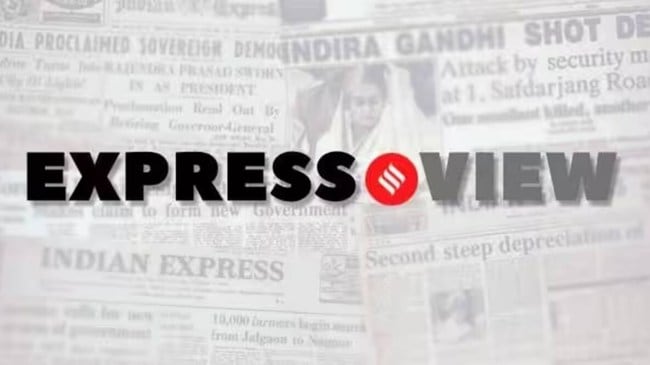Opinion Disbanding of committee on statistics: Undermining credibility, evading questions
Over the past decade, almost every statistic that matters has been questioned, sometimes even by the government itself. This is the larger concern, especially at a time when the eyes of the world are trained towards the Indian economy
 The decennial census provides the foundation for the entire statistical system of the country.
The decennial census provides the foundation for the entire statistical system of the country. Last week, the Centre abruptly disbanded the 14-member Standing Committee on Statistics (SCoS). The committee, which was first formed in December 2019 and later expanded in July 2023, was tasked with overseeing all statistical surveys by the Ministry of Statistics and Programme Implementation (MoSPI). A letter by the ministry to the panel members reasoned that the work done by the committee is similar to that of the recently-formed Steering Committee for National Sample Surveys. Yet, the committee members, led by former Chief Statistician Pronab Sen, seem clueless about the government’s exact motive. Moreover, as this newspaper reported, the dissolution has happened amid apparent concerns raised by some members over the delay in conducting Census 2021. Two aspects to this development are noteworthy. One is to understand why the delay in the decennial Census is serious. Two, how this dissolution undermines the already worsening credibility of India’s statistical framework.
The decennial census provides the foundation for the entire statistical system of the country. For instance, in the absence of the Census, there is no clarity the extent of urbanisation in the country — unofficial estimates vary. Similarly, sample surveys, whether done by the MoSPI or individual departments or private agencies, are judged for how close to mirror they are to the actual reality provided by the Census. In the absence of a new Census, the original picture gets distorted and that distortion then gets amplified through sample surveys. For instance, until the end of 2023, the last sample survey to map the consumption patterns of Indians dated back to 2011-12. The survey results, in turn, provided the base for other critical policy metrics such as inflation rates and poverty levels. Not surprisingly, Sen told this newspaper that while there was no recent discussion, it is true that “all the members had earlier expressed concerns that in the absence of censuses, both economic census and census, household surveys are unreliable”.
Over the past decade, almost every statistic that matters has been questioned, sometimes even by the government itself. For instance, in 2019, the government ran down the results of the first Periodic Labour Force Survey (PLFS) as it showed unemployment had hit a 45-year high in 2017-18. Several commentators, led by one of the government’s former Chief Economic Advisors, have argued that India’s GDP data is misleading. Last year, a member of the PM’s Economic Advisory Council argued that major surveys used by policymakers are based on unsound data collection frameworks. The larger concern that this episode raises is about the credibility of India’s statistical framework especially at a time when the eyes of the world are trained towards the Indian economy.





